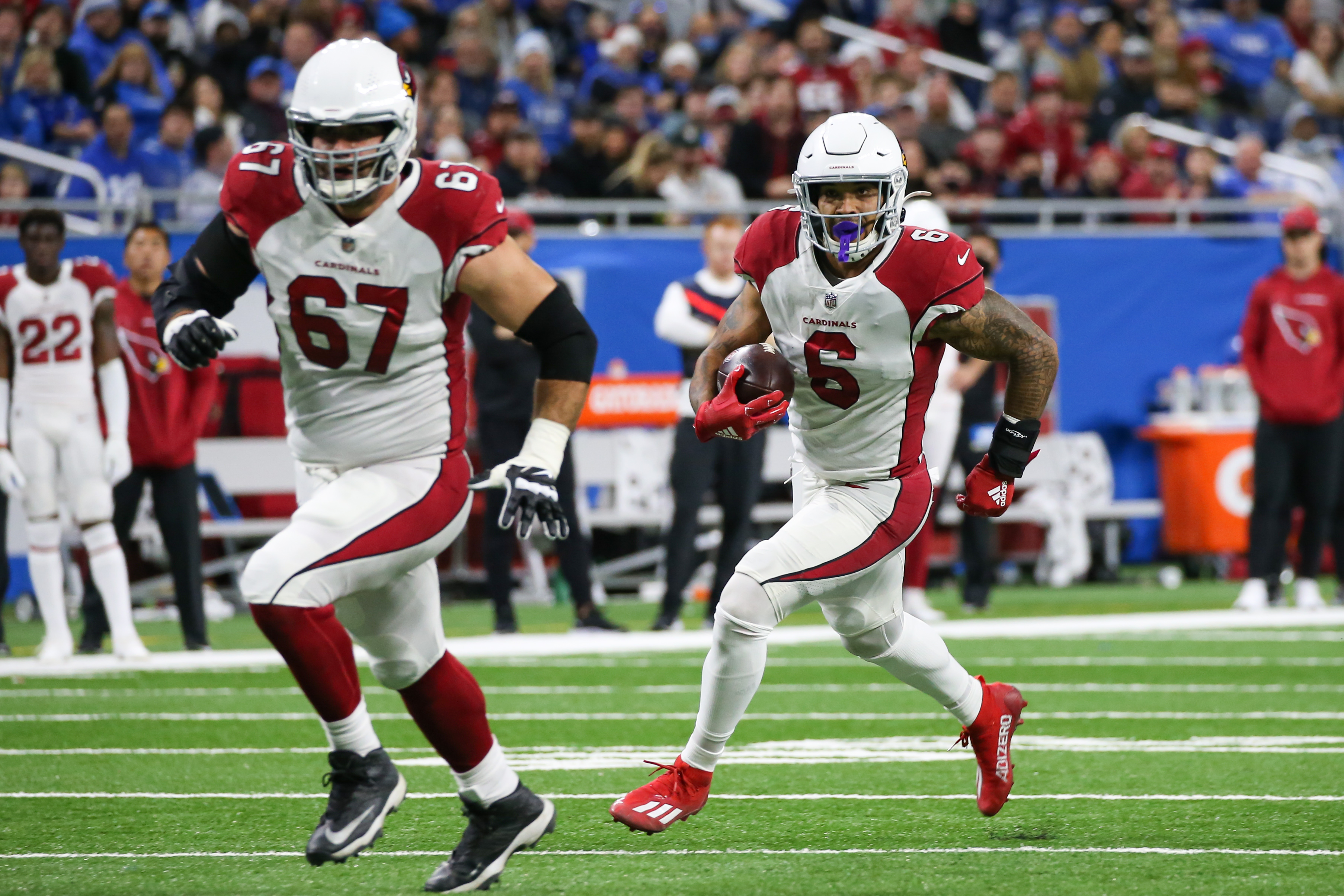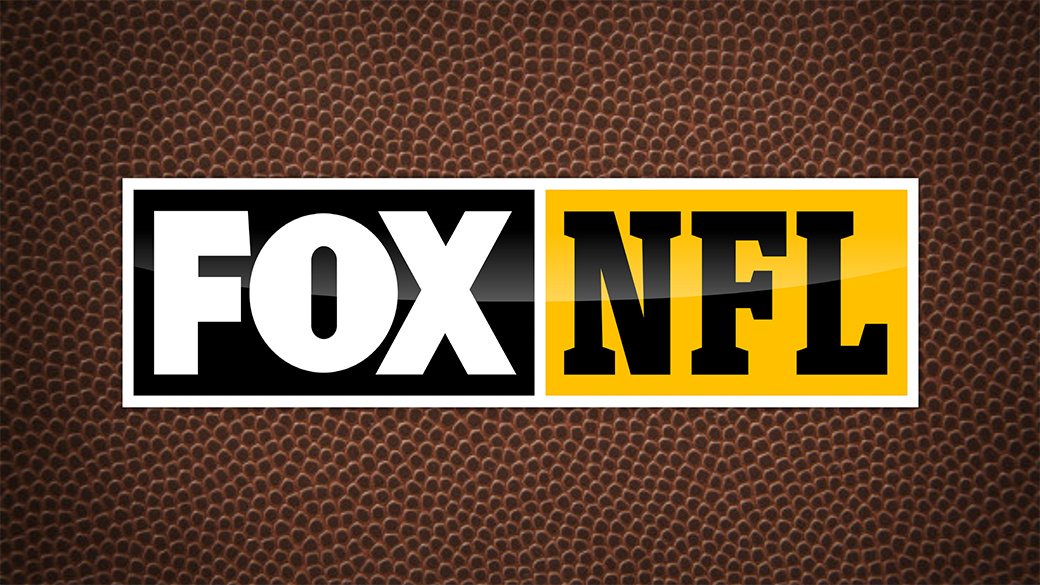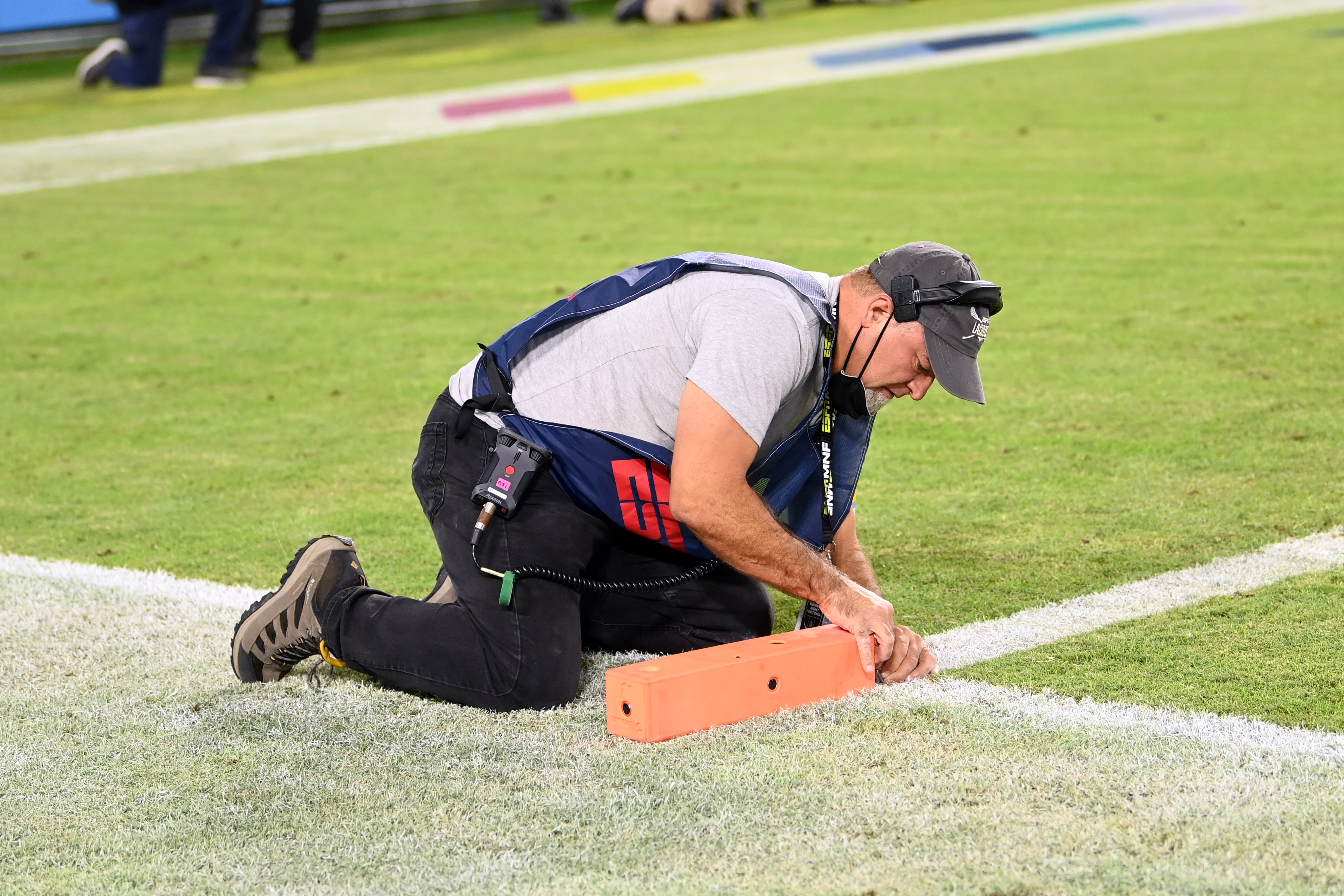NFL 2022: What's New in TV Tech
What the networks have in store for the NFL season

BALTIMORE—As the 2022 NFL season gets underway, Michael Davies knows what’s at stake. The senior vice president of field operations for Fox Sports is contemplating new technical options on the road to the network’s 10th presentation of Super Bowl LVII to accentuate its broadcast on Sunday, Feb. 12, from State Farm Stadium in Glendale, Ariz.
What will they be? He doesn’t know yet, which means the crew “will try different things during the season that we will eventually use during the Super Bowl broadcast.
Replay’s the thing
One area Davies plans to focus on en route, however, is the clarity and quality of replays.

“Audiences are expecting more and more super slow motion, for that clear, smooth replay. We plan to expand that option by about 10% across the board,” he said, “so we may include a couple more replays for the A game on a given Sunday, for about 10 total; and maybe one more for the B game. And we’ll try to ensure that every camera we use during a game is super slo-mo, except for A, B and C.”
That means during a Super Bowl broadcast, which has in recent years included about 120 cameras, even the pylon cams (which all of the networks will employ) can be used for super slo-mo shots. That requires using software from the cloud.
“How that works is pretty straightforward,” Davies shared. “You record the clip, send it up to the cloud and then it’s returned for air. Pylons, POVs, etc., can’t be super slo-mo, so we add that option with software, though we’re getting closer to being able to do so natively. The bandwidth required has been the challenge.”
Fox Sports primarily relies on Sony cameras and produces most games “in 1080p and sends the content out in 720p, aside from some key games during the season,” he said, such as the Thanksgiving and Christmas broadcasts, which will air in 1080p HDR.
The professional video industry's #1 source for news, trends and product and tech information. Sign up below.
And for edgier shots, Davies said that Fox Sports and the other networks are continuing to work with the league on refining its drone program. As it’s happened, broadcasting for another league is providing insights.
“We’re still figuring out how to handle drones in the NFL, though we’re doing it extensively with our USFL broadcasts, which basically serve as a ‘Petri dish’ for the NFL,” he said. “So drones will be part of our coverage one way or another. We use one per game.”
For audio, Fox is using six parabolic mics around the field, but the league also requires the networks to work with NFL Films.
“The NFL has allowed microphones to be put on centers and guards, for example,” said Davies, “and as part of the process, NFL Films provides the player audio for effects at the line. So, they typically mic the players and get us the audio, and we feather this in with audio we get from traditional systems, like our parabolic microphones and shotgun mics, from Skycams among many others placed around the field.”
Production techniques will be fine-tuned as the season progresses, Davies added.
(Also read: ‘Fox NFL Sunday’ to Debut Groundbreaking New XR/AR Studio)
Pyl-ing on
CBS Sports is planning on refining picture quality and take advantage of advances in data tracking, according to Jason Cohen, vice president of remote technical operations, who pointed to the network’s moves last season to accentuate the shallow depth of field “with a cinematic quality” via the Sony F5500 and Steadicam.

He also discussed last year’s collaboration with the NFL and Second Spectrum to use next-generation data to track player movement via a chip that was embedded in a given player’s shoulder pad. That led to CBS featuring “RomoVision” and winning an Emmy Award for technical achievement.
“That data can be leveraged in many ways,” he said, “and RomoVision gives us the X’s and O’s on how players ran routes and why a play worked—or didn’t.”
The next big thing on Cohen’s radar is its enhanced pylon system. “Traditionally there have been cameras out of each of three [of the four] pylons set in each end zone. This season, CBS has partnered with C360 that uses one 4K camera from each of four pylons that has an embedded 191-degree sensor,” Cohen said, “which allows us to follow action seamlessly into the end zone, instead of having to keep switching cameras.”
Rebuilt to last
ESPN’s EN1, the main truck in its five-truck compound has received a complete overhaul and upgrade to SMPTE 2110 according to Jimmy Platt, director of Monday Night Football. The update includes 27 new Sony 5500s, which will give the “Monday Night Football” broadcast “a more cinematic feel,” said Platt; plus four Sony 4800s and two F5500s; and new Canon lenses, featuring 122xs and 24xs.
Almost all of ESPN’s 52 cameras, including 19 manned, will offer high frame rates “with an average of 6x for replay,” he said, adding that graphics “will remain the same, with a slightly more robust approach via augmented reality.”

Platt said EN1’s new design “will be like walking into the same house, yet like walking into a new one,” adding that the broadcast will be sent back to ESPN headquarters in Bristol, Conn., “in 1080p HDR, as we’ve done for several years, with viewers seeing it in 1080p.”
NBC is also adding more slo-mo, pylons and graphics as part of an evolving approach with “Sunday Night Football.”
“This year, we’ll have an additional super slow-motion reverse camera angle that will cover game action [from] a new perspective,” said Rob Hyland, coordinating producer. “We have also added pylon cameras in each end zone, as well as RF line to gain cameras on the near and far sidelines.”

Adding separate or offering new looks during this season’s NFL broadcasts will be the recurring theme among the major carriers on the way to Feb 12.
“Overall, we’re just marching to Super Bowl LVII, knowing that new options will manifest themselves during the season,” Davies said. “There’s still much in discussion.”
Mark R. Smith has covered the media industry for a variety of industry publications, with his articles for TV Technology often focusing on sports. He’s written numerous stories about all of the major U.S. sports leagues.
Based in the Baltimore-Washington area, the byline of Smith, who has also served as the long-time editor-in-chief for The Business Monthly, Columbia, Md., initially appeared in TV Technology and in another Futurenet publication, Mix, in the late ’90s. His work has also appeared in numerous other publications.

